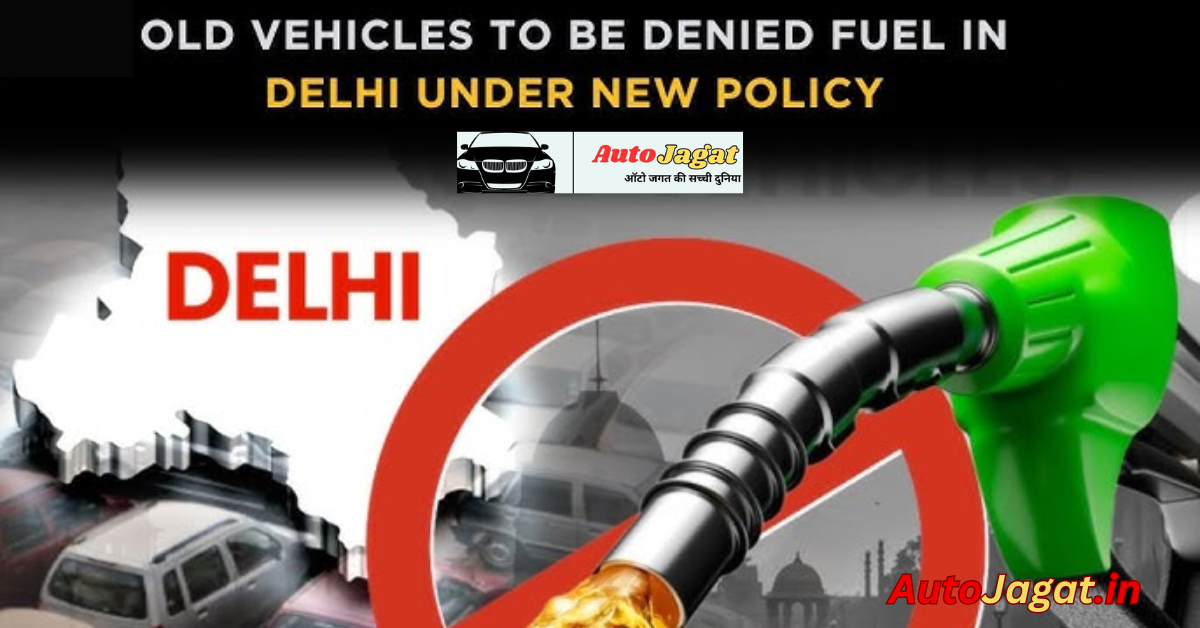India has taken a significant leap in its fight against pollution and climate change with a proposed policy that could soon prohibit fueling vehicles older than 15 years. While this step aligns with global climate commitments and aims to reduce urban air pollution, it has also sparked widespread debate among vehicle owners, environmentalists, and automobile industry stakeholders.
So, is this move the right step forward? Let’s unpack the reasons, implications, and concerns surrounding this proposed rule.
The Rationale Behind the Ban
India has long grappled with severe air pollution, especially in metropolitan cities like Delhi, Mumbai, and Kolkata. According to data from the Central Pollution Control Board (CPCB), vehicular emissions contribute significantly to deteriorating air quality, particularly from older vehicles that lack modern emission control systems.
The core rationale for the 15-year fuel ban is simple: older vehicles are more polluting. Most of them do not comply with newer Bharat Stage (BS) emission norms. For instance, a 20-year-old petrol or diesel car emits significantly more carbon monoxide, hydrocarbons, and particulate matter than a car manufactured in 2022 under BS-VI norms.
By disincentivizing the use of older vehicles, the government aims to:
- Lower harmful emissions
- Encourage adoption of cleaner vehicles (especially electric)
- Boost public transport and alternative mobility
- Achieve India’s climate goals under the Paris Agreement
Implementation: Where and How?
While there’s no nationwide implementation yet, states like Delhi and Maharashtra have already initiated strict measures. In Delhi, petrol vehicles older than 15 years and diesel vehicles older than 10 years are not allowed to ply, as per National Green Tribunal (NGT) orders. The new proposal takes this further by not just banning their use, but prohibiting refueling altogether — a more enforceable deterrent.
The idea is to link vehicle registration data with fuel dispensing stations through a centralized database. If a vehicle’s registration number indicates it has crossed the age threshold, it would be denied fuel. This could be enforced using automatic number plate recognition (ANPR) technology or integrated fuel management software at petrol pumps.
Impact on Vehicle Owners
This policy has understandably raised concerns among owners of older vehicles, particularly in semi-urban and rural areas where second-hand cars and two-wheelers remain popular due to affordability. For many families, a 15-year-old vehicle may still be in excellent running condition and used sparingly. Denying them fuel can feel punitive.
Additionally, small businesses and commercial operators, who rely on old vans, taxis, and transport vehicles, could face economic hardship without adequate compensation or transition support.
To address these concerns, the government is expected to:
- Offer vehicle scrappage incentives
- Provide subsidies or tax breaks on new purchases
- Introduce low-interest loans for electric vehicle (EV) adoption
- Expand EV charging infrastructure
Environmental and Economic Benefits
Despite the resistance, the long-term benefits of this policy are noteworthy:
1. Cleaner Air
Reduced emissions from older vehicles will lead to improved air quality, directly benefiting public health. Fewer respiratory illnesses, cardiovascular diseases, and pollution-related deaths can be expected over time.
2. Boost to EV Industry
Phasing out older vehicles will create demand for new ones, especially electric and hybrid models. This could catalyze investment and innovation in India’s growing EV market, supporting the government’s vision of making India a global EV hub.
3. Reduced Fossil Fuel Dependence
Fewer fossil-fueled vehicles mean lower fuel consumption, which in turn eases the national oil import burden and helps in achieving energy security.
The Road Ahead: Challenges and Suggestions
While the intent is laudable, implementation must be inclusive and phased. A one-size-fits-all approach may alienate certain sections of society and hurt the informal economy.
Challenges:
- Lack of digital infrastructure at fuel stations in rural areas
- Inadequate public transport alternatives
- Unaffordability of new vehicles for low-income groups
- Resistance from politically sensitive communities
Suggested Measures:
- Gradual implementation starting with high-pollution cities
- Public awareness campaigns on the environmental impact
- Introduction of “fitness-based exemptions” for vintage or well-maintained vehicles
- Expansion of the scrappage ecosystem with fair compensation
- Inclusion of two-wheelers in policy design, given their large numbers
Conclusion
The proposed ban on refueling vehicles older than 15 years marks a major policy shift in India’s environmental and mobility strategy. While its environmental benefits are clear, the success of this policy will depend heavily on how it is implemented and whether the government can provide viable alternatives and support systems.
India stands at a crossroads: balancing the urgency of climate action with the socioeconomic realities of millions. With thoughtful execution, this bold step could become a landmark moment in the country’s journey toward sustainable urban mobility.

Hello, my name is Himanshu Kumar and I am an experienced Digital Marketer. I have been blogging for the last 4 years and I have special interest in SEO. Here I give you easy bikes and writes easy-to-understand reviews and news about the latest bikes, helping readers choose the best options.. My aim is to always provide you with accurate, new and useful information.





